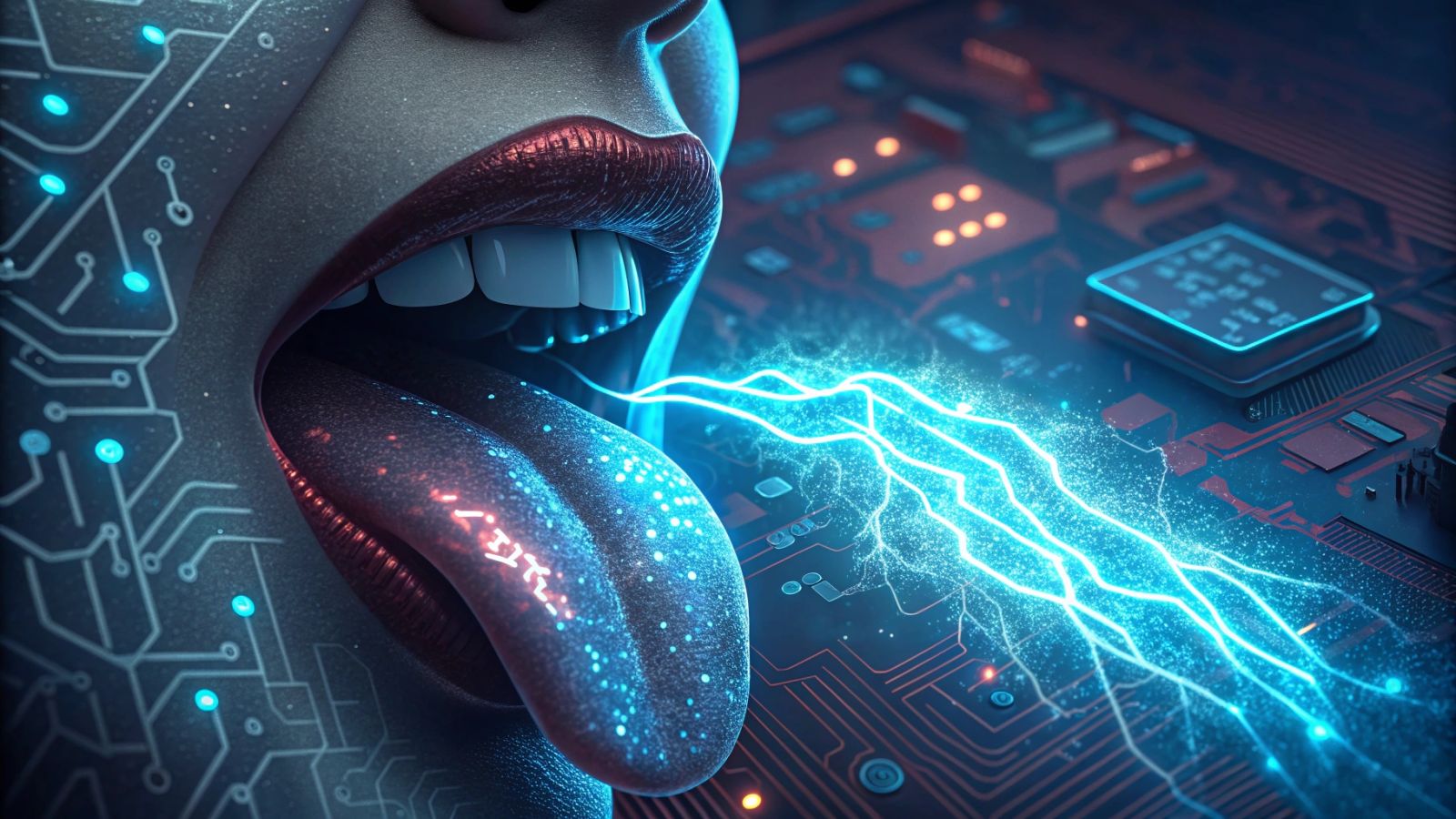Artificial Tongue: The New AI Frontier That Detects Flavors in Liquids
A team of Chinese researchers has developed the first artificial tongue capable of sensing and identifying flavors directly in liquid environments, mimicking how human taste buds work. Published in PNAS on July 15, this breakthrough opens new possibilities for automated food safety and early disease detection through chemical analysis.
How the artificial tongue works
The technology uses graphene oxide membranes, ultra-thin carbon sheets that act as molecular filters for taste-related ions. Unlike traditional sensors, these membranes slow down ion movement, allowing the device to recognize and “remember” flavors introduced into it.
- Detection of four basic tastes: sweet, sour, salty, and bitter.
- Accuracy ranges from 72.5% to 87.5% for single flavors, up to 96% for complex drinks like coffee and Coca-Cola.
- Higher accuracy with mixed beverages is due to their electrical composition, making them easier to identify.
A system inspired by the brain
According to the authors, this artificial tongue is a step toward neuromorphic computing, AI systems that mimic the brain’s learning and processing. For the first time, sensing and data processing occur within the same liquid environment, without converting signals for dry systems.
"This discovery gives us a blueprint for building new bio-inspired ionic devices."
Yong Yan, National Center for Nanoscience and Technology
Future applications
- Automated analysis of liquid samples in laboratories.
- Food quality monitoring and contaminant detection.
- Early disease diagnosis through chemical analysis of body fluids.
Conclusions
The artificial tongue marks a turning point in the integration of sensors and AI, offering new opportunities for scientific research and industrial applications. The future of technology also lies in the ability to “taste” and understand the liquid world around us.
